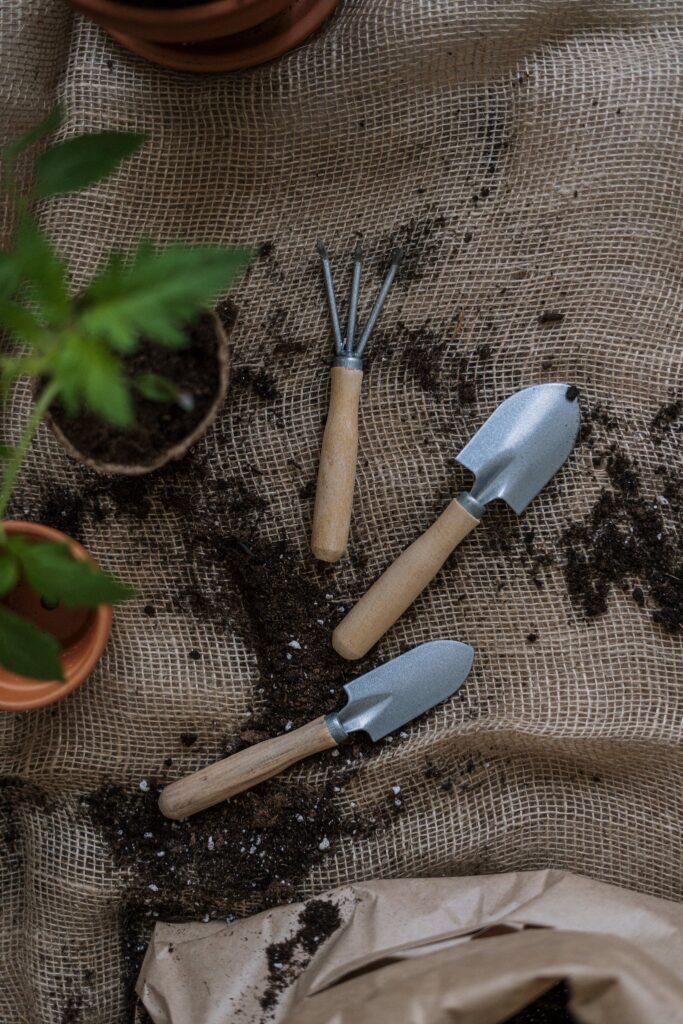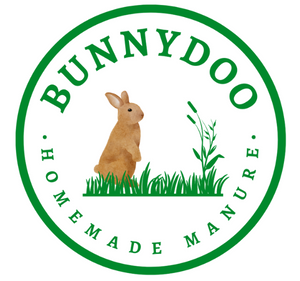
It’s important to note that unlike some other animal manures, rabbit manure is “cold” manure, meaning it won’t burn plants if applied fresh. However, always observe your plants after applying any fertilizer or amendment to ensure they’re responding well.
Additionally, conducting a soil test can provide valuable information about the specific nutrient needs of your soil, allowing for more precise application rates.
Bunnydoo Guidelines for applying Rabbit ManurE
Rabbit manure is a rich, concentrated source of nutrients. When determining how much rabbit manure to use, the coverage will depend on the specific needs of your soil and plants. However, there are some general guidelines you can follow:
